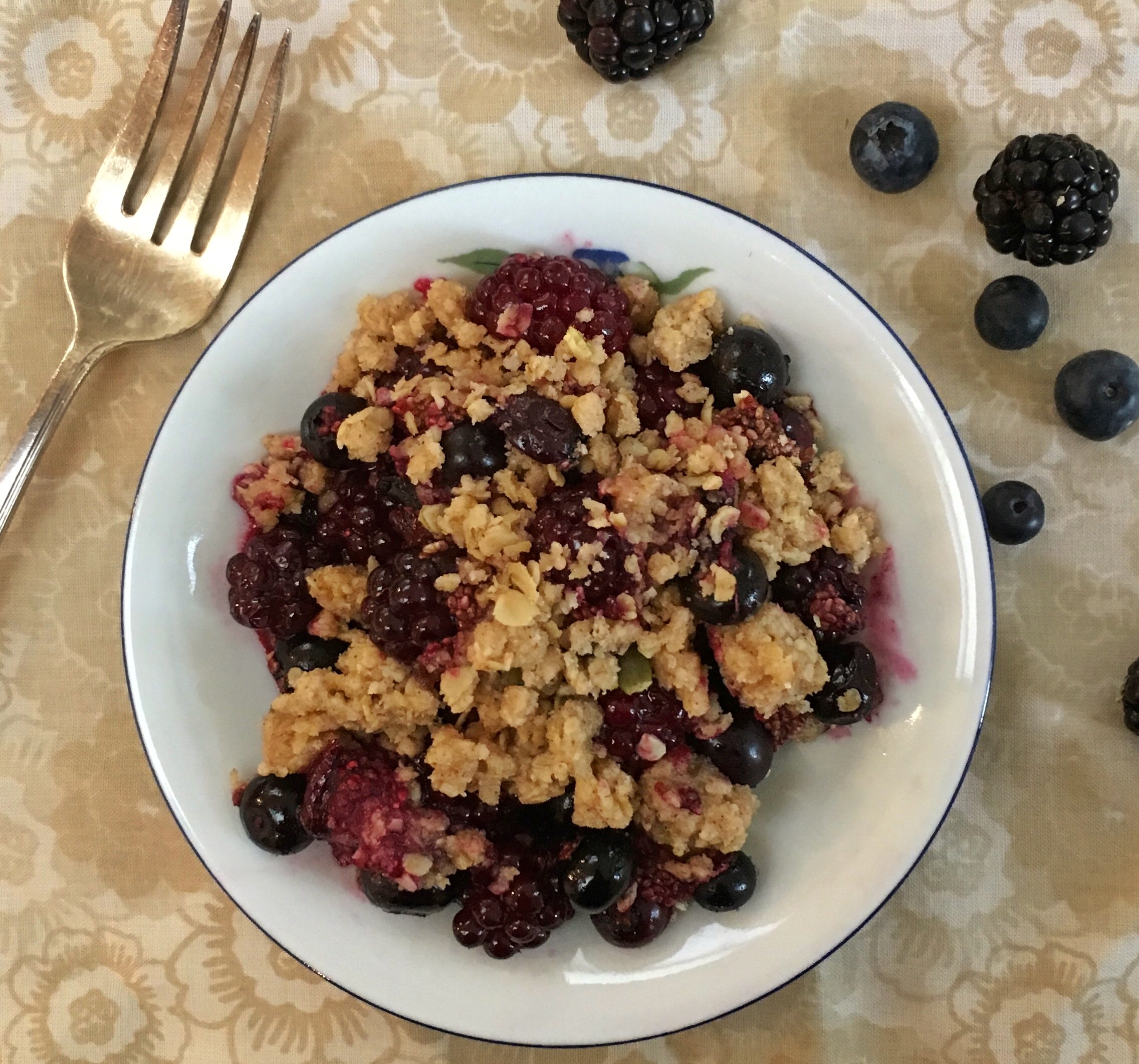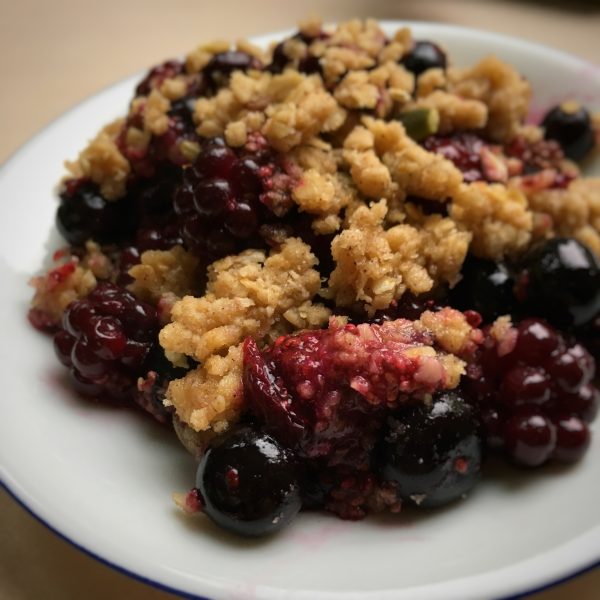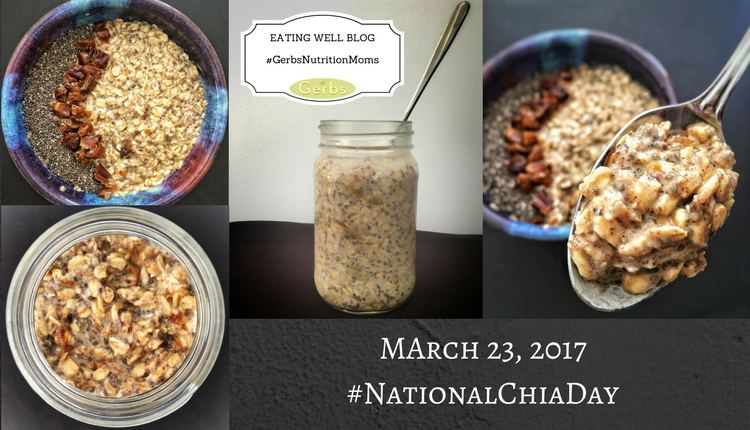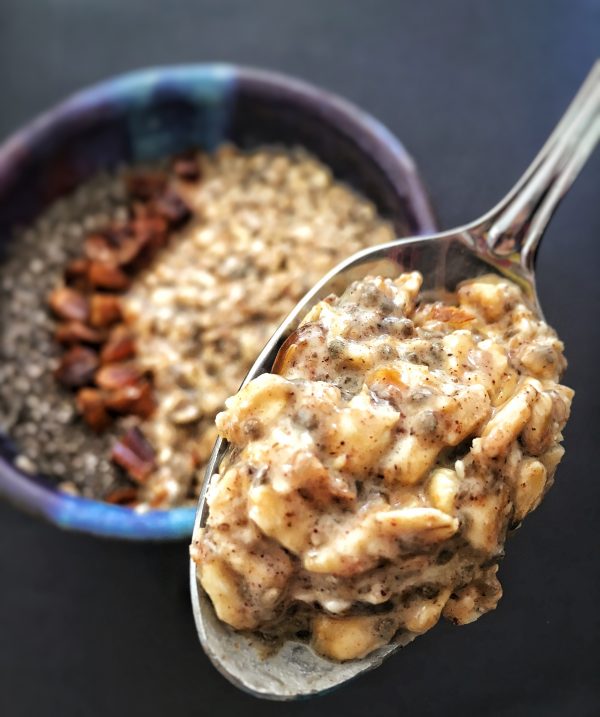Chia seeds might be small, but they pack a powerful nutritional punch. Packed with omega-3 fatty acids, fiber, protein, and a wealth of vitamins and minerals, these tiny seeds are a fantastic addition to any diet. Whether you’re a health enthusiast or just looking for ways to diversify your meals, chia seeds offer an array of delicious and creative possibilities. In this blog post, we’ll explore the many ways you can incorporate chia seeds into your diet and enjoy their numerous benefits.
 What Are Chia Seeds?
What Are Chia Seeds?
Before diving into the delicious ways to enjoy chia seeds, let’s take a moment to understand what they are. Chia seeds come from the plant Salvia hispanica, native to Central and South America. Historically, they were a staple food for the Aztecs and Mayans, valued for their energy-boosting properties.
Chia seeds are notable for their impressive nutrient profile:
- Omega-3 fatty acids: Essential for heart health and brain function.
- Fiber: Aids digestion and helps maintain healthy blood sugar levels.
- Protein: Supports muscle repair and growth.
- Antioxidants: Protect cells from damage.
- Calcium, magnesium, and iron: Important for bone health and overall well-being.
How to Prepare Chia Seeds
Chia seeds are incredibly versatile and can be enjoyed in many forms. Here are a few preparation methods:
- Soaked Chia Seeds: When mixed with liquid, chia seeds expand and form a gel-like consistency. This is the most common preparation method and forms the base for chia pudding and other recipes.
- Ground Chia Seeds: Grinding chia seeds releases their nutrients more readily and can be added to smoothies, baking, or sprinkled on dishes.
- Raw Chia Seeds: You can sprinkle raw chia seeds on salads, yogurt, or oatmeal for a crunchy texture and nutritional boost.
Delicious Ways to Incorporate Chia Seeds into Your Diet
Chia Seed Pudding
Chia pudding is a classic way to enjoy these nutritious seeds. It’s simple to make and can be customized with various flavors and toppings. Here’s a basic recipe:
Ingredients:
- 3 tablespoons chia seeds
- 1 cup almond milk (or any milk of your choice)
- 1 tablespoon maple syrup or honey
- 1/2 teaspoon vanilla extract
Instructions:
- In a bowl, mix chia seeds, milk, maple syrup, and vanilla extract.
- Stir well to ensure that the chia seeds are evenly distributed.
- Cover and refrigerate for at least 4 hours or overnight.
- Stir before serving and top with your favorite fruits, nuts, or a drizzle of nut butter.
Chia Smoothies
Chia seeds blend seamlessly into smoothies, adding thickness and a nutritional boost. Here’s a vibrant and refreshing chia smoothie recipe:
Ingredients:
- 1 banana
- 1/2 cup frozen berries
- 1 tablespoon chia seeds
- 1 cup spinach
- 1 cup coconut water or almond milk
- 1 tablespoon honey or agave syrup (optional)
Instructions:
- Combine all ingredients in a blender.
- Blend until smooth and creamy.
- Pour into a glass and enjoy immediately.
Chia Seed Jam
If you’re a fan of fruit preserves, chia seed jam is a fantastic homemade alternative. It’s quick to make and doesn’t require any added sugars.
Ingredients:
- 2 cups fresh or frozen berries
- 2 tablespoons chia seeds
- 2 tablespoons honey or maple syrup
- 1 tablespoon lemon juice
Instructions:
- In a saucepan, cook the berries over medium heat until they start to break down.
- Mash the berries with a fork or potato masher.
- Stir in chia seeds, honey, and lemon juice.
- Simmer for 5-10 minutes, stirring frequently, until the mixture thickens.
- Let cool and store in a jar in the refrigerator for up to 2 weeks.
Chia Seed Crackers
For a crunchy, savory snack, try making chia seed crackers. They’re easy to prepare and perfect for pairing with your favorite dips.
Ingredients:
- 1/2 cup chia seeds
- 1/2 cup water
- 1/4 cup flaxseeds (optional)
- 1/2 teaspoon salt
- 1/2 teaspoon garlic powder
- 1/2 teaspoon onion powder
Instructions:
- Preheat your oven to 350°F (175°C) and line a baking sheet with parchment paper.
- In a bowl, combine chia seeds, water, flaxseeds, salt, garlic powder, and onion powder.
- Mix well and let sit for about 10 minutes until the mixture thickens.
- Spread the mixture evenly on the prepared baking sheet.
- Bake for 20-25 minutes, or until the edges are golden brown and the crackers are crispy.
- Let cool, then break into pieces and enjoy.
Chia Seed Salad Dressing
Chia seeds can also be incorporated into savory dishes. Here’s a simple chia seed salad dressing that adds a nutritious twist to your greens.
Ingredients:
- 2 tablespoons chia seeds
- 1/4 cup olive oil
- 2 tablespoons apple cider vinegar
- 1 tablespoon Dijon mustard
- 1 teaspoon honey or maple syrup
- Salt and pepper to taste
Instructions:
- In a jar or bowl, combine all ingredients.
- Shake or whisk until well combined.
- Let sit for about 10 minutes to allow the chia seeds to absorb the liquid and thicken the dressing.
- Drizzle over your favorite salad.
Chia Seed Energy Bars
For a convenient, on-the-go snack, chia seed energy bars are perfect. You can customize them with your favorite nuts, seeds, and dried fruits.
Ingredients:
- 1 cup dates, pitted
- 1/2 cup almonds
- 1/4 cup chia seeds
- 1/4 cup shredded coconut
- 1/4 cup dried cranberries
- 1/4 cup honey or maple syrup
Instructions:
- In a food processor, blend the dates and almonds until finely chopped.
- Add chia seeds, shredded coconut, cranberries, and honey. Pulse until the mixture sticks together.
- Press the mixture into a lined 8×8 inch baking pan.
- Refrigerate for at least 2 hours before cutting into bars.
- Store in an airtight container in the refrigerator for up to 2 weeks.
Chia Seed Muffins
Chia seeds can be added to muffin recipes for an extra nutritional boost. Here’s a simple recipe for chia seed muffins:
Ingredients:
- 1 1/2 cups whole wheat flour
- 1/2 cup chia seeds
- 1/2 cup honey or maple syrup
- 1/2 cup coconut oil or melted butter
- 2 large eggs
- 1 teaspoon baking powder
- 1/2 teaspoon baking soda
- 1/2 teaspoon vanilla extract
- 1 cup mashed bananas or applesauce
Instructions:
- Preheat your oven to 350°F (175°C) and line a muffin tin with paper liners.
- In a bowl, whisk together flour, chia seeds, baking powder, and baking soda.
- In another bowl, combine honey, coconut oil, eggs, vanilla extract, and mashed bananas or applesauce.
- Mix the wet ingredients into the dry ingredients until just combined.
- Spoon the batter into the muffin tin and bake for 20-25 minutes, or until a toothpick inserted into the center comes out clean.
- Allow to cool before enjoying.
Chia Seed Soups and Stews
Chia seeds can also be used to thicken soups and stews. Simply stir in a tablespoon or two of chia seeds to your favorite recipe and let them simmer for a few minutes.
Ingredients:
- 1 tablespoon chia seeds
- Your favorite soup or stew recipe
Instructions:
- Prepare your soup or stew according to your recipe.
- Stir in chia seeds during the last 10 minutes of cooking.
- Allow the soup or stew to simmer until it thickens.
Tips for Incorporating Chia Seeds into Your Diet
- Start Slowly: If you’re new to chia seeds, start with small amounts and gradually increase your intake to avoid digestive discomfort.
- Stay Hydrated: Chia seeds absorb a lot of liquid, so it’s important to drink plenty of water throughout the day.
- Experiment with Flavors: Chia seeds are relatively neutral in taste, making them versatile for both sweet and savory dishes. Don’t be afraid to experiment with different flavor combinations.
- Combine with Other Superfoods: Chia seeds pair well with other superfoods like flaxseeds, hemp seeds, and spirulina. Combining them can enhance the nutritional value of your meals.
- Store Properly: Store chia seeds in an airtight container in a cool, dry place. They typically last for several months.
Conclusion
Chia seeds are a fantastic way to boost the nutritional value of your diet without sacrificing flavor. Whether you prefer sweet chia seed pudding, savory crackers, or energy-boosting bars, there are countless ways to enjoy these tiny nutritional powerhouses. Experiment with these recipes and tips to find your favorite ways to incorporate chia seeds into your meals. By doing so, you’ll not only diversify your diet but also reap the many health benefits that chia seeds
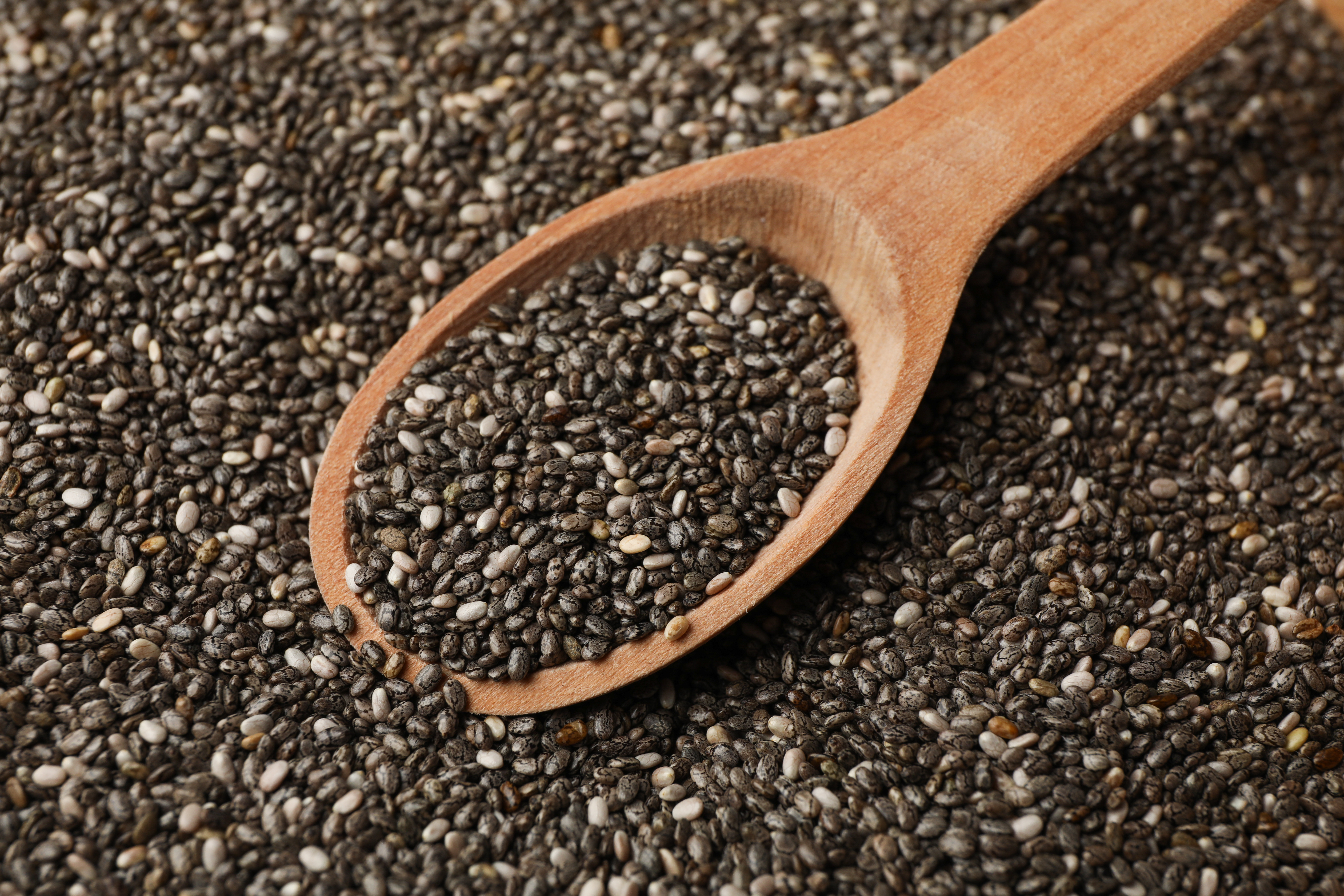
 What Are Chia Seeds?
What Are Chia Seeds?
 Seeds are nutrient-dense foods that can be excellent additions to a keto diet. They are high in healthy fats, fiber, and protein, while also providing essential vitamins and minerals. However, their carbohydrate content varies significantly depending on the type of seed.
Seeds are nutrient-dense foods that can be excellent additions to a keto diet. They are high in healthy fats, fiber, and protein, while also providing essential vitamins and minerals. However, their carbohydrate content varies significantly depending on the type of seed.
 What Are Antioxidants?
What Are Antioxidants?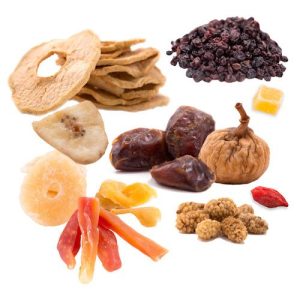

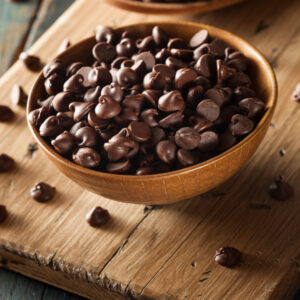





 Flax Seeds
Flax Seeds Pumpkin Seeds
Pumpkin Seeds Sunflower Seeds
Sunflower Seeds Dried Apricots
Dried Apricots Dates
Dates Raisins
Raisins Goji Berries
Goji Berries Dark Chocolate
Dark Chocolate Trail Mix
Trail Mix Granola Bars
Granola Bars

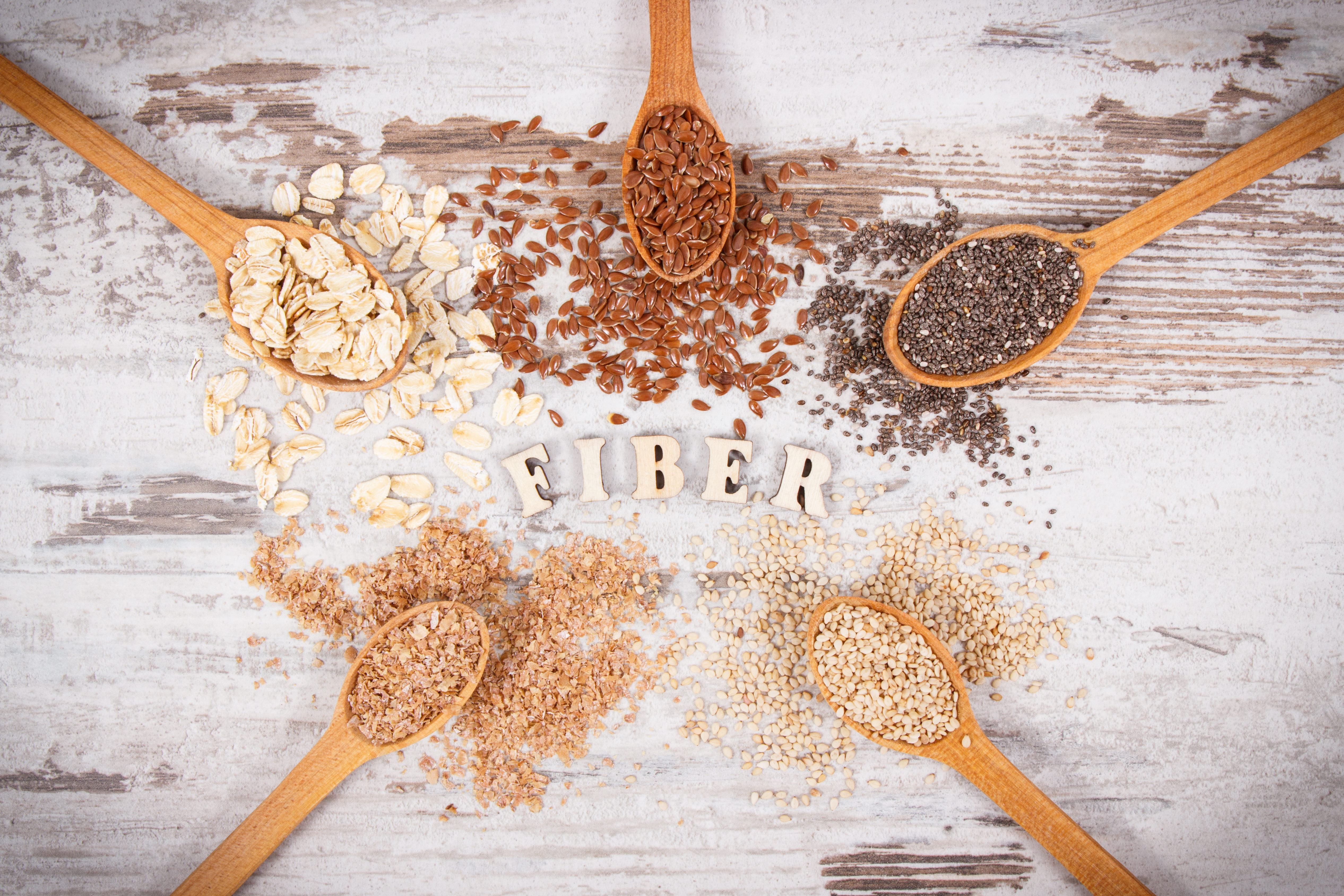







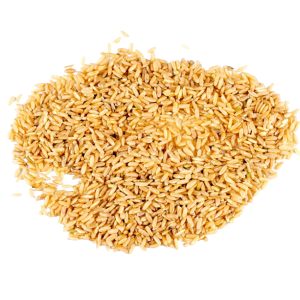
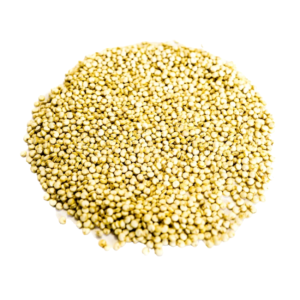
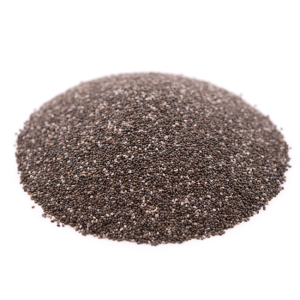

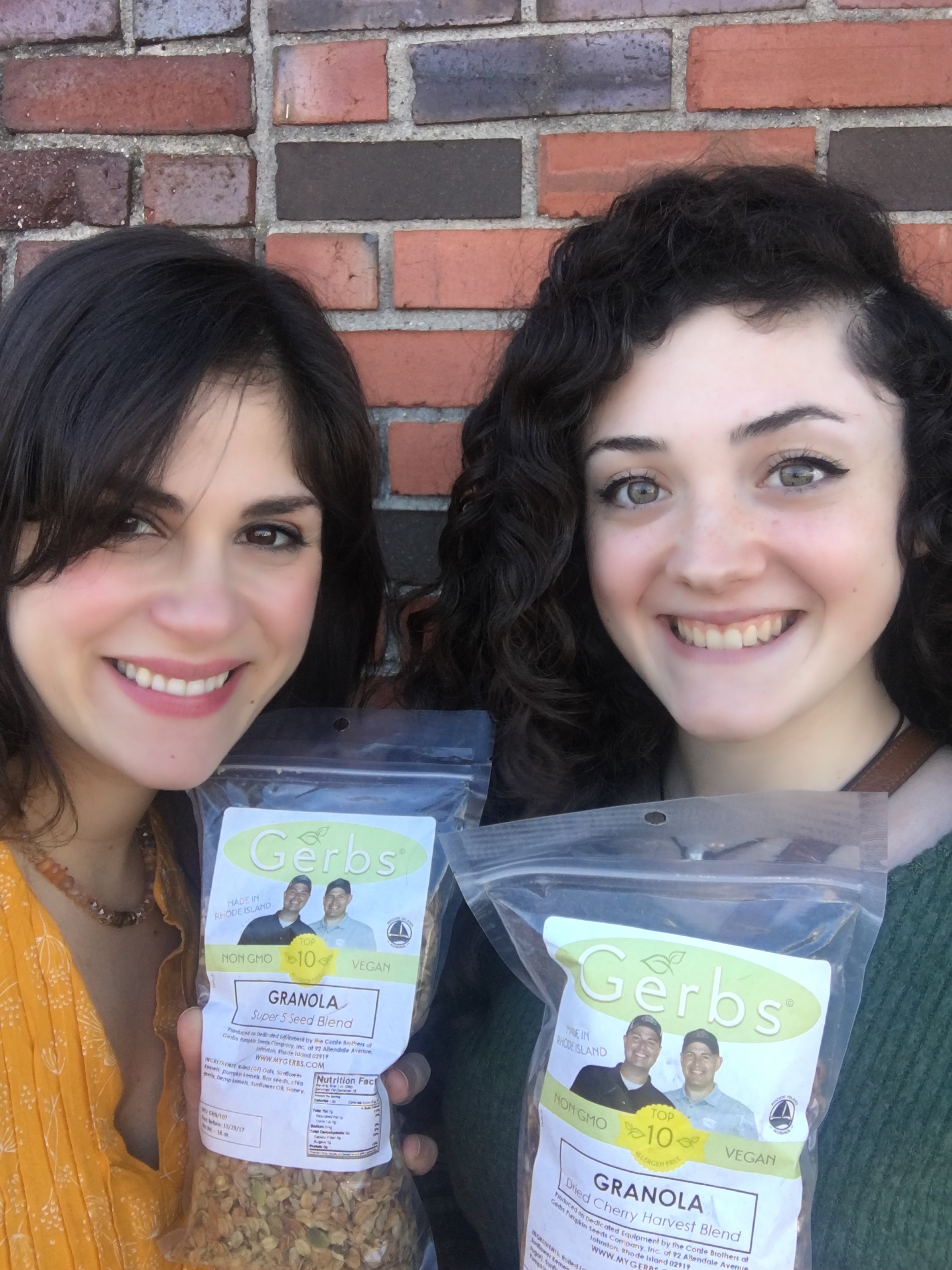
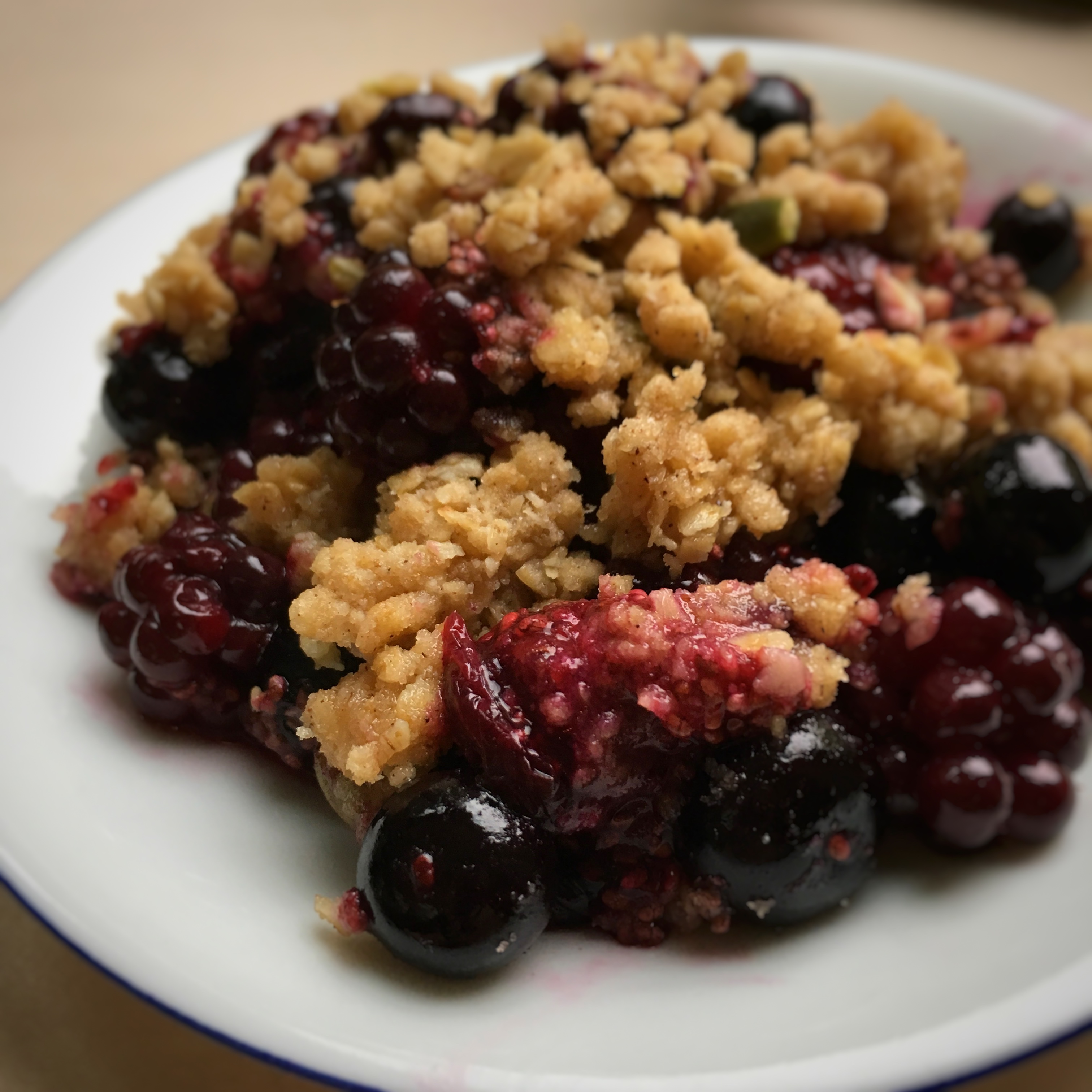
 The combination of berries and chia seeds give this “special treat” a boost of omega-3 fatty acids and powerful antioxidants. That’s something I can certainly appreciate!
The combination of berries and chia seeds give this “special treat” a boost of omega-3 fatty acids and powerful antioxidants. That’s something I can certainly appreciate!
